Last updated on March 22, 2024

Rhystic Study | Illustration by Fuzichoco
Oh shoot! Your last game night didn’t end so well because you were top decking for answers again. This can unfortunately happen if you don’t have enough card draw spells in your deck, or if they’re all stuck at the bottom of your library. Whatever the case may be, I know how annoying it feels to be sitting around waiting for answers when you’re backed into a corner while playing Magic.
It’s always vital to have enough card draw spells in your EDH decks so that you always have resources for keeping a strong board state. But the question is: How many card draw spells should be in a Commander deck? Let’s explore that question by analyzing a few different scenarios.
How Much Card Draw Should You Run in Total?
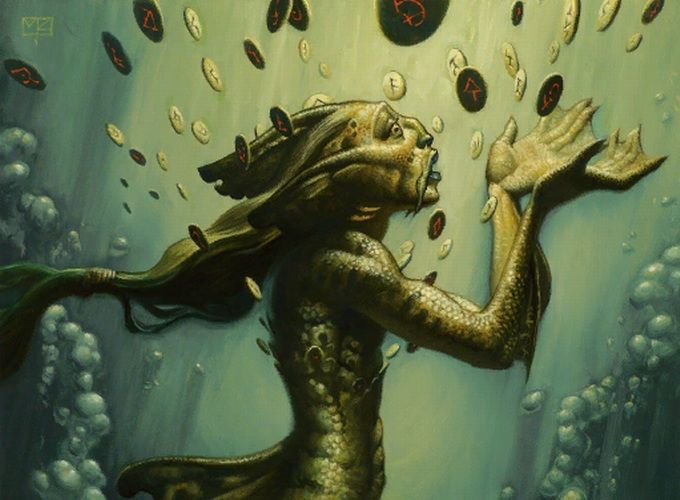
Mind Spring | Illustration by Mark Zug
How much card draw you should integrate in an EDH deck depends on multiple factors, which we’ll dive into later. Regardless of your Commander’s abilities, you should run at least 10 effective card draw cards or card advantage spells so that you always have ample access to your deck’s resources. The more card draw spells you choose to run, the less chance that you’ll be top decking at any point in the game.
Which Type of Card Draw Is Best?
There are many ways to draw cards in Magic. You can pour mana into X spells to draw many cards at once (Sphinx's Revelation, Blue Sun's Zenith). Some permanents have activated abilities that help you to draw cards (Shorikai, Genesis Engine, Dimir Guildmage). Then there’s also cantrips (Ponder) and cards that can be drawn from ETB effects of various spells (Spirited Companion).
Card draw resources that provide more than one card are the best types. X spells and activated abilities of creatures or other spells that draw you more than one card are usually the most effective. However, cantrips and draw ETBs still have potential at providing answers throughout the game. All card draw spells have a unique use and can all be beneficial in the long run, even if you’re only drawing one card at a time.
Card Draw From X Spells
Sure, X spells that draw cards can net more drawn in one sitting than using a cantrip or a creature’s ETB effect. Despite this benefit, card draw X spells usually only valuable when cast in the mid- to late-game when you have access to more mana. Gadwick, the Wizened, Blue Sun's Zenith, and Mind Spring are examples of X spells that let your pour extra mana into extra card draw.
Card Draw From Activated Abilities
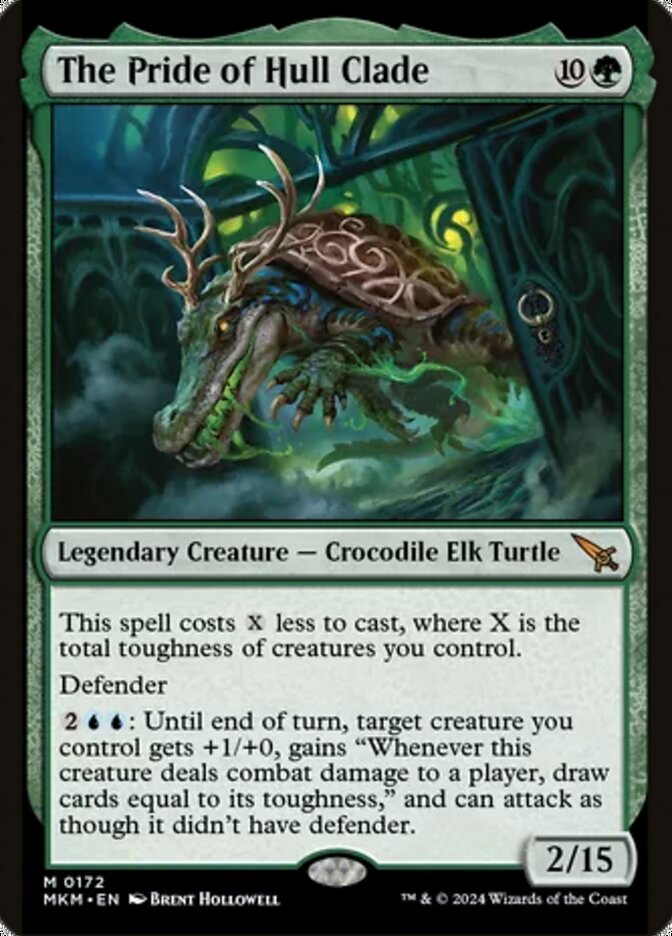
Creatures with activated abilities that can draw you multiple cards in one shot are usually better than cantrips. Take The Pride of Hull Clade from Murders at Karlov Manor, for example. As long as you activate its ability and land combat damage with a high-toughness creature , you can draw a ton of cards. If you target itself with its ability and land combat damage, you can draw 15 cards.
Artifacts like Hedron Archive, Selesnya Locket (and the other lockets), and Dreamstone Hedron can all draw you more than one card when you activate their abilities and sacrifice them. Throne of Eldraine and Emmessi Tome are examples of artifacts that can give you recurring card draw effects with their activated abilities without having to sacrifice them.
Some spells have higher mana costs for activated abilities, so either have enough ramp or incorporate spells like Heartstone to reduce how much you have to pay for creatures’ activated abilities.
Cantrips
Cantrips are cheap spells that draw a card and have an additional small effect. They’re mainly instants that enhance your interaction during an opponent’s turn and when in combat. Examples of cantrips are Aphotic Wisps and Defiant Strike.
Giving a single creature fear for a turn with Aphotic Wisps is fine, but the card always replaces itself, which means there’s a really high floor already.. Firing it off on an opponent’s turn might even draw you into another interactive piece. Defiant Strike is best cast after blockers are declared so you can pump your creature and possibly destroy the blocking creature while also being able to draw a card.
Card Draw From ETB Effects
Various spells can draw a card when they enter the battlefield. Many creatures like Generous Stray, Bookwurm, and Baleful Strix net you a card when they enter the battlefield. These are often called “cantrip creatures” for that reason. Even enchantments like Garruk's Uprising, Angelic Gift, and Blood Sun give you a card when they enter the battlefield.
Unlike instant/sorcery cantrips, permanent-based cantrips are a form of card advantage, since they add to the board and replace themselves. Cards like Spirited Companion are natural 2-for-1s, and set you up with the perfect card for blink and recursion effects.
Enchantments and Artifacts
Many enchantments and artifacts can draw cards when specific conditions are met. These spells can be useful to incorporate into your deck as long as the enchantment or artifact fits the overall theme of your deck.
As long as you have mana up throughout a turn rotation, you can potentially draw three cards from Mind's Eye when playing in a four-player pod. Phyrexian Arena gives you an extra card per turn on your upkeep in exchange for losing 1 life per trigger. Rhystic Study is the quintessential card draw enchantment when playing blue while creature-based decks featuring green usually run Elemental Bond, Tribute to the World Tree, or Garruk's Uprising depending on the powers of their creatures.
What Can Affect How Much Card Draw You Need?
Various factors can affect how much card draw you need for your EDH deck. Evaluate the overall theme of your Commander deck to decide how many card draw spells to incorporate. If you play with the same people often enough, analyzing the metagame in your play pod is also useful for determining how much card draw you need. Determining the deck’s overall mana curve is another determinant that can influence this decision.
Deck Theme
Take a look at your Commander. Does the legendary creature’s theme revolve around card draw? If so, you may want to incorporate more than the usual 10 card draw spells to get the most value. Err on the side of caution and include 15 to 20 card draw spells if your Commander thrives off drawing cards. Jolrael, Mwonvuli Recluse and Morska, Undersea Sleuth are examples of commanders that want you to play more card draw than normal.
Don’t forget to include infinite hand size resources like Wizard Class and Reliquary Tower so you can keep everything you draw and not have to discard down to hand size at the end of your turns.
Metagame
The metagame amongst your play pod can heavily influence how much card draw you need.
Are any of your usual opponents outdrawing the entire table on a regular basis? Maybe they sometimes win via infinite card draw with a self-mill win condition or infinite card draw that causes infinite life loss triggers. I’m looking at you Queza, Augur of Agonies + Drogskol Reaver combo.
You can outvalue your opponents by including more card draw spells if you notice this trend. More cards means more options, and more opportunities for interaction. If you’re ahead in the game, access to extra cards gives you more opportunities to find your finishers and wincons. At the very least, mix and match the card draw spell types into your deck and give yourself the best chance at drawing extra cards each turn..
Mana Curve
Running a deck with a higher mana curve means that you’ll need more card draw to have access to the lands and ramp spells needed to cast cards with a more expensive mana value. Card draw will help you find more lands, ensuring you’re developing your mana base proportionate to the number of cards you’re drawing. Even with a low curve you should still be running the minimum 10+ card draw spell. The cheaper your spells, the more likely it is you can cast a card draw spell and cast the spells you drew in the same turn. If your deck is full of expensive spells, try to play cheap card draw options to compensate for that.
Card Draw vs. Card Advantage
When a player’s able to draw multiple cards when casting just one spell or within one activation of an ability, that opens the door to increased card advantage. “Card advantage” implies that you’re netting cards overall. Divination is the classic example, since you use one card to draw two. Cantrips like Ponder and Preordain technically count as card draw, but the only replace themselves without netting cards, so they’re not card advantage.
There are also “card selection” mechanics that grant you more control over the cards you’re drawing. Mechanics like scrying and surveilling can provide even set you up for further card advantage by manipulating the top of your library, but they don’t provide any inherent card advantage on their own.
Scrying allows you to look at the top card(s) of your library and decide whether you want to keep them on top or place them at the bottom of your deck. Perhaps if you scry and see a land card, but you already have a good mana base, you can put it at the bottom of your library in hopes of drawing into one of your deck resources. This is often called “virtual card advantage,” since it doesn’t actually draw a card, but prevents you from wasting a draw step on a card that’s otherwise useless. Spells like Opt and Behold the Multiverse are popular for scrying and immediate card draw at instant speed.
Surveilling is like scrying, but instead, you placed the surveilled cards you don’t want into the graveyard rather than the bottom of your library. If you’re running a Commander deck like Mirko, Obsessive Theorist that thrives off graveyard recursion, placing surveilled cards into the graveyard can offer more value later in the game when these permanents are returned to the battlefield at a free or cheaper cost.
Card Draw vs. Tutors
You won’t always naturally draw the exact cards you want or need in EDH. That’s where tutor spells come in. Incorporating a few tutor spells in a Commander deck can be useful for fetching a missing card you need to combo off, or your main win condition card.
Tutors like Demonic Tutor and Imperial Seal that can be cast for only 1 mana and search for any card can give you flexibility to pull whatever you need for that specific game. However, these specific tutors are a bit more expensive monetarily. Hence, more frugally-priced tutor spells like Mystical Tutor and Idyllic Tutor would fit into a budget EDH deck, though you’d have to search for a specific permanent type rather than any card.
Note that tutors are rarely ever card advantage. Some, like Shared Summons and Increasing Ambition, can get you two cards for the price of one, but the typical Demonic Tutors and such are just a 1-for-1 exchange. In fact, tutors that place cards on top of your library, like Vampiric Tutor and Worldly Tutor, are inherent card disadvantage since you’re down an overall resource once they resolve.
Commanding Conclusion

Gadwick, the Wizened | Illustration by Colin Boyer
Any EDH deck should run a minimum of 10 card draw spells so you always have resources throughout the game. Enhancing your card advantage with more than one card drawn at a time, as well as scrying, surveilling, and tutoring can further your gameplan. This doesn’t mean pack a deck full of Divinations and Harmonizes, but rather mix and match the types of card advantage you play.
Are you ready to learn more about what to include in the next Commander deck you plan to build? Visit the Draftsim blog for all the best resources for tabletop gameplay and MTG Arena. Stay updated on the latest content by following the Draftsim Facebook page. Until then, may the deck gods allow you to keep drawing cards so you aren’t top decking!
Follow Draftsim for awesome articles and set updates:

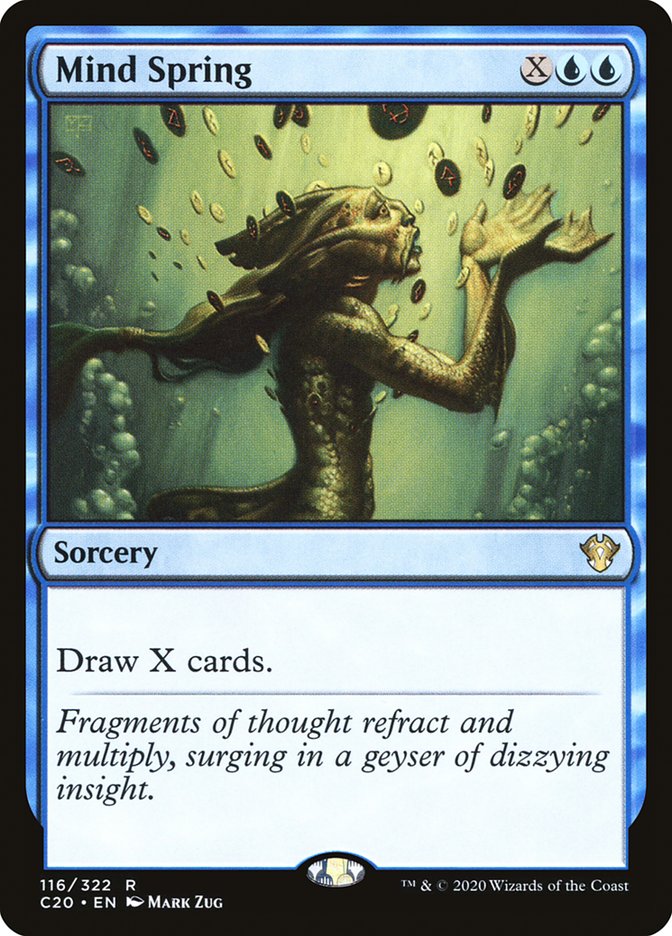
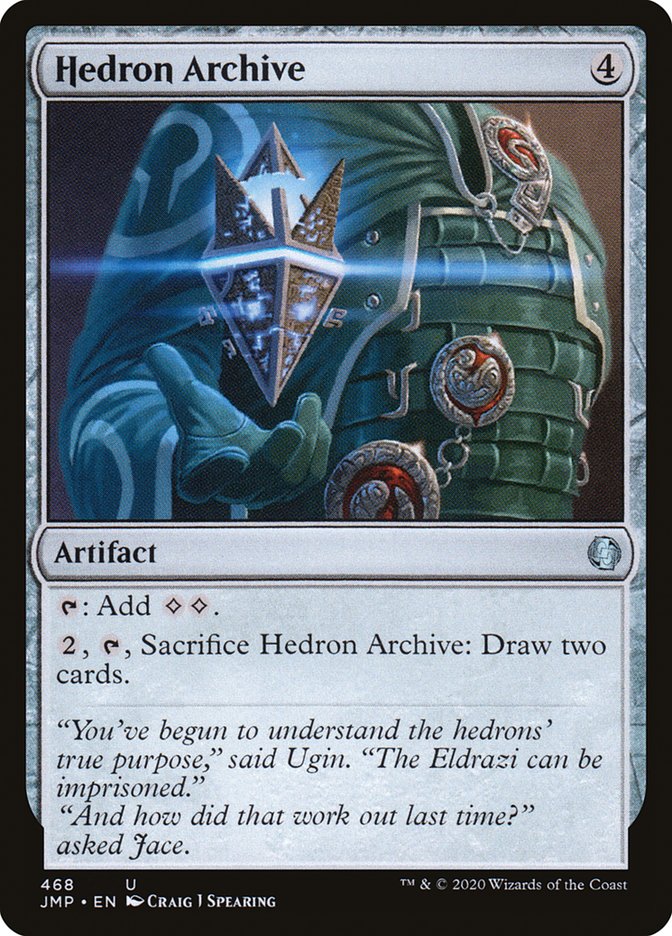
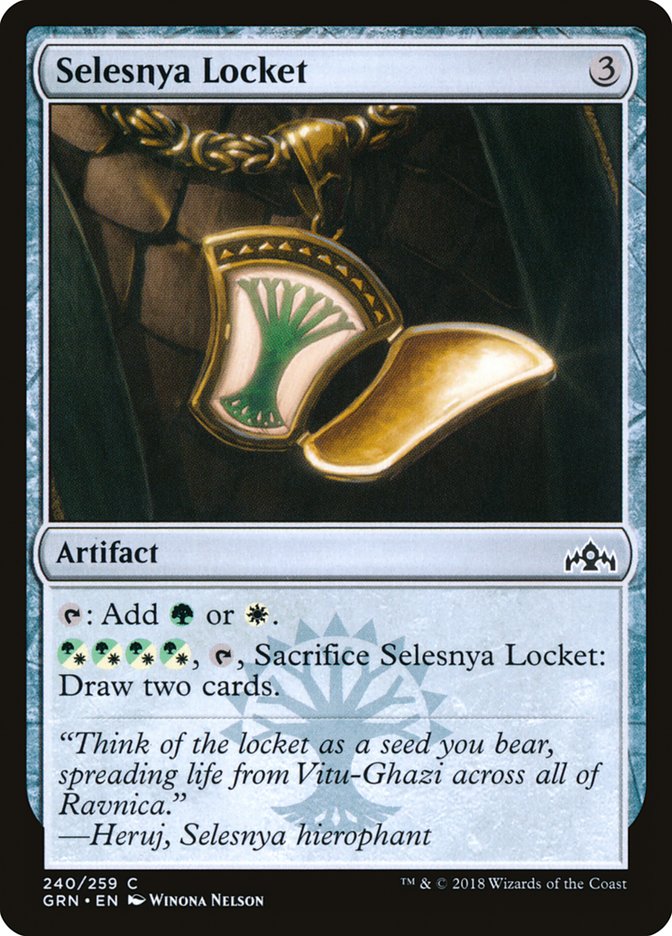


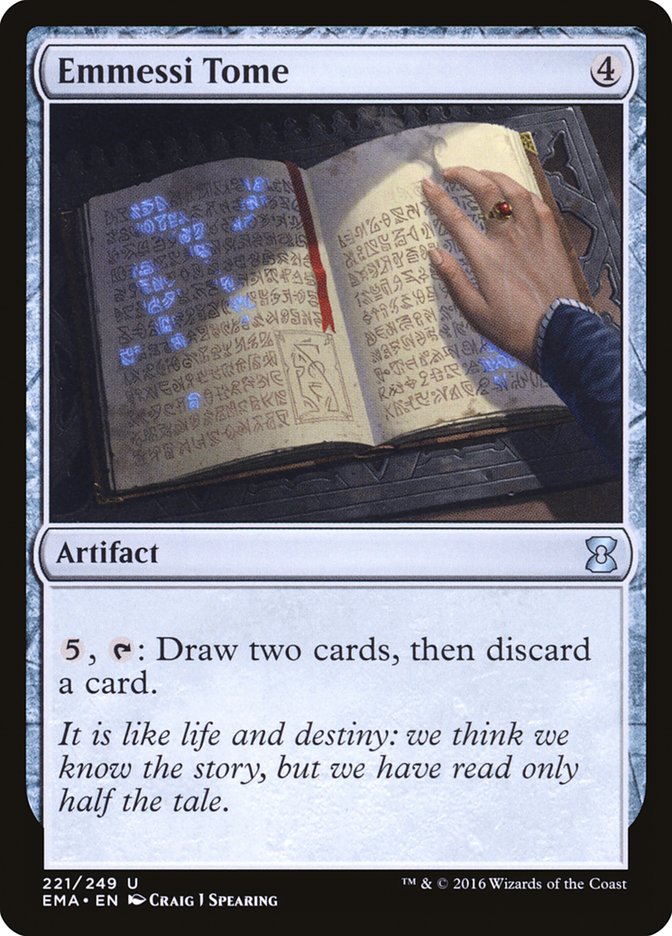


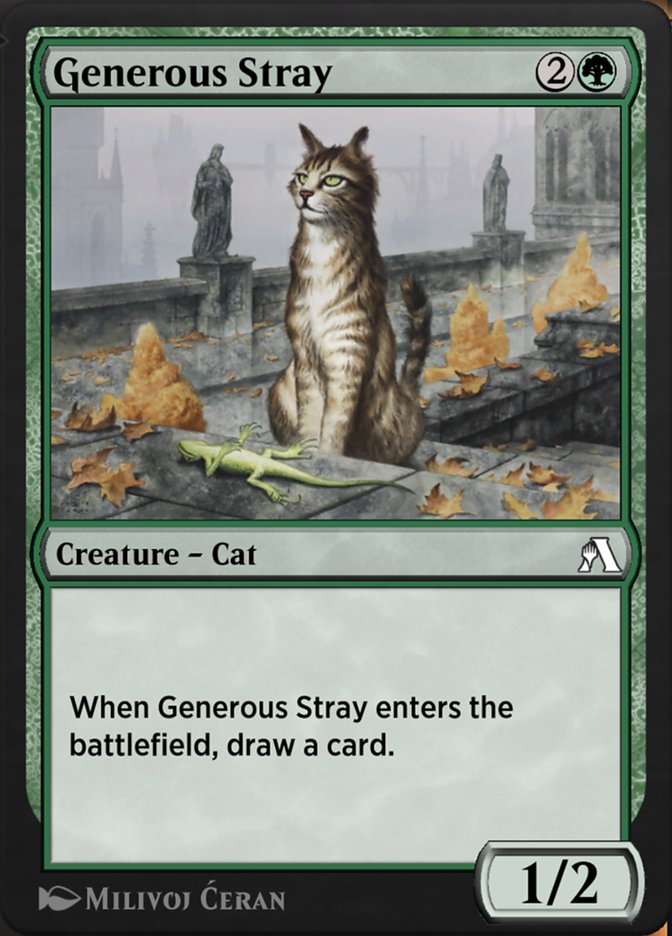

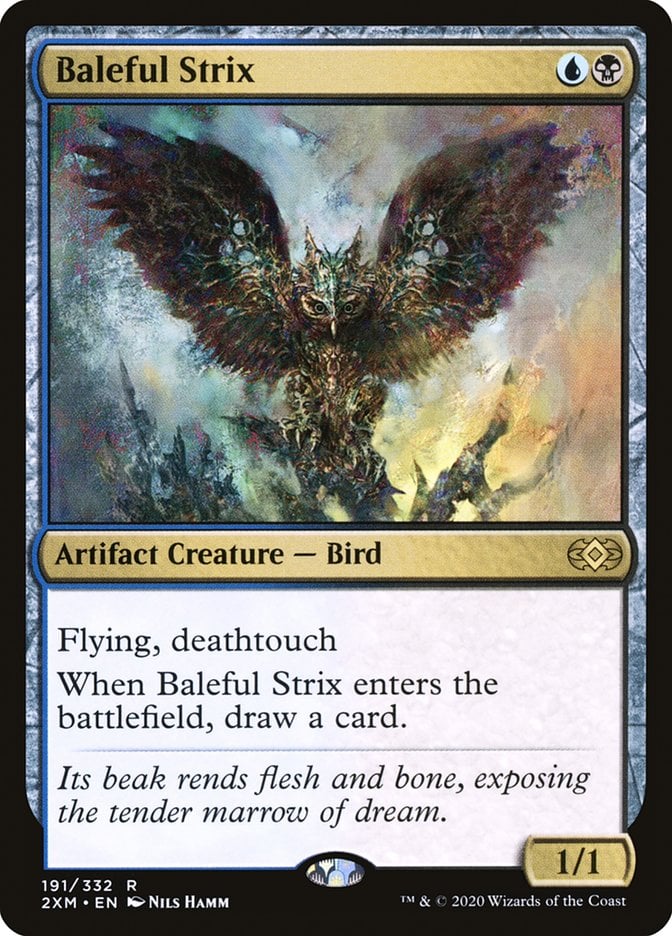
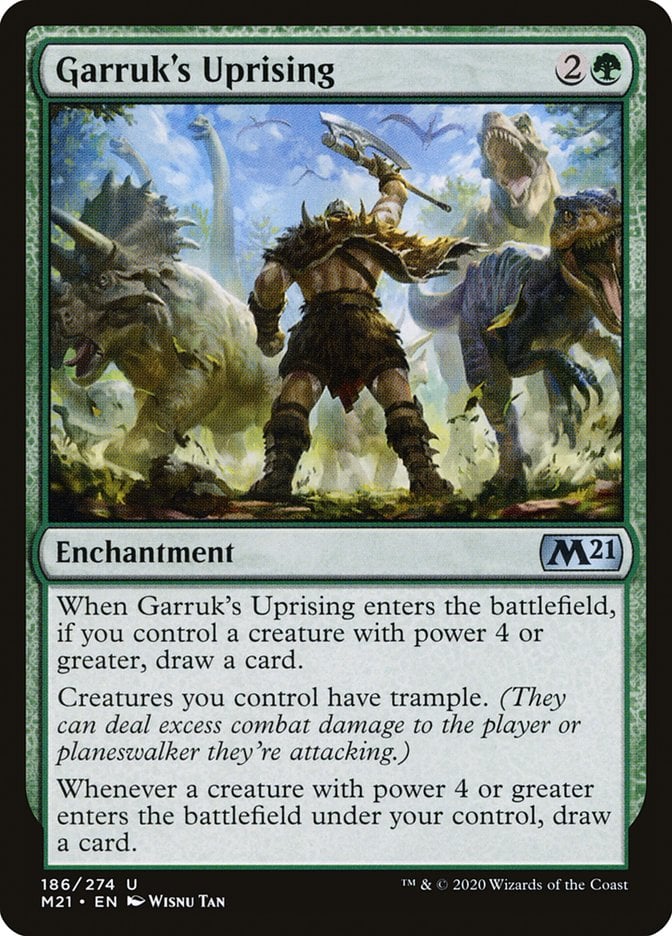



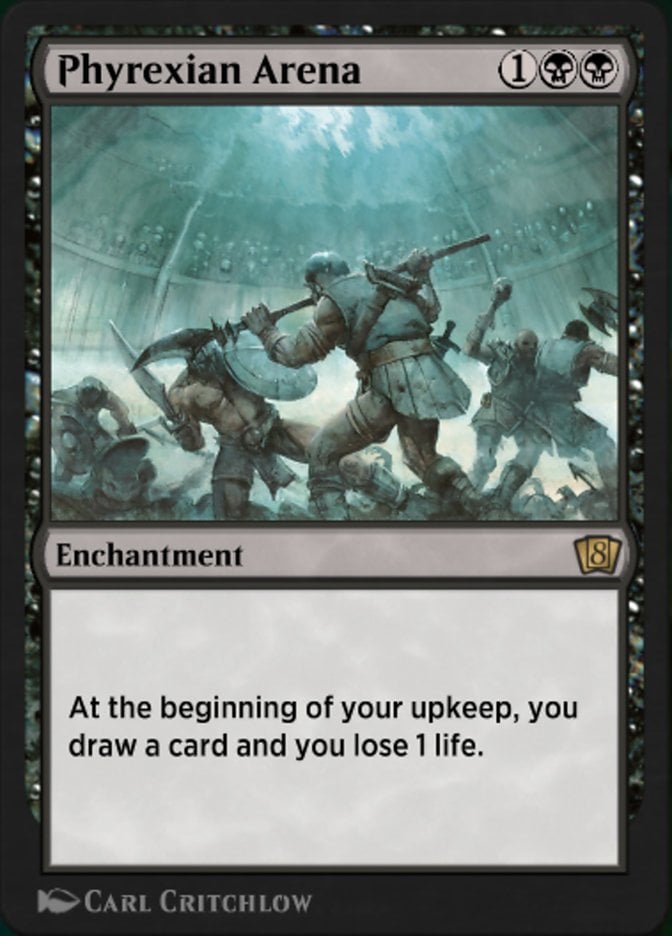
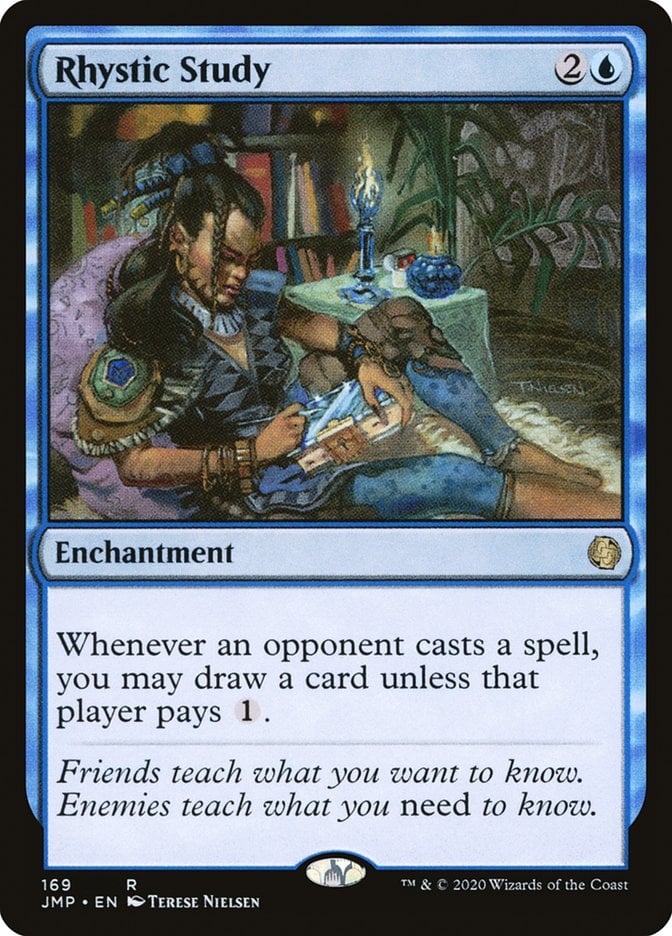
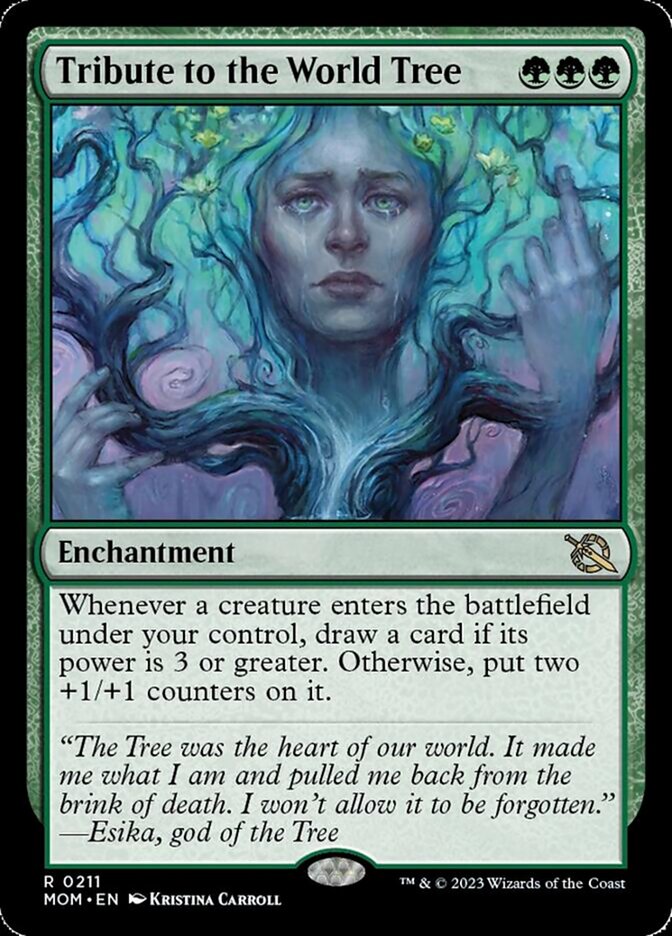

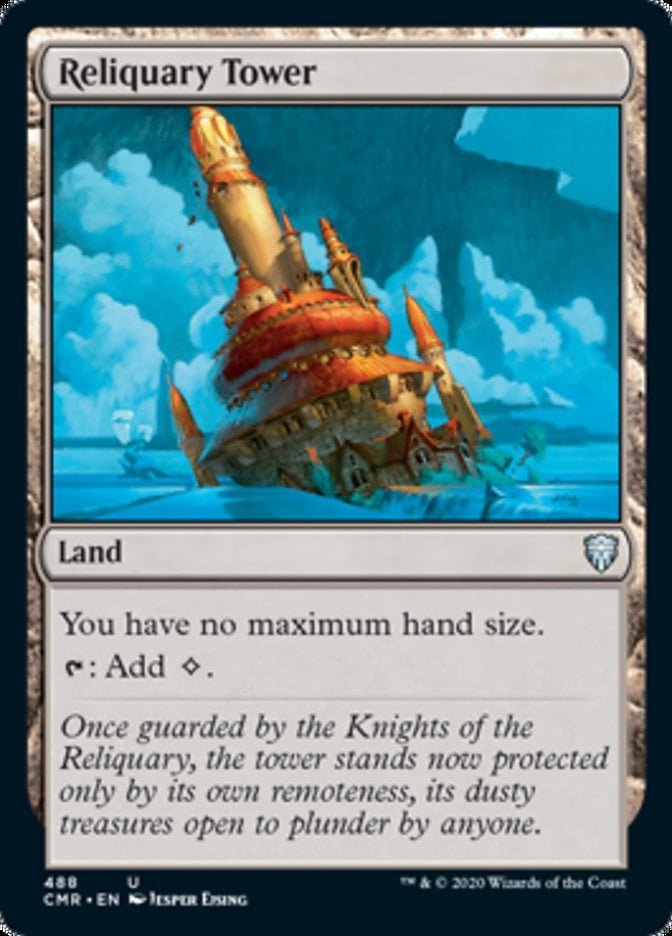
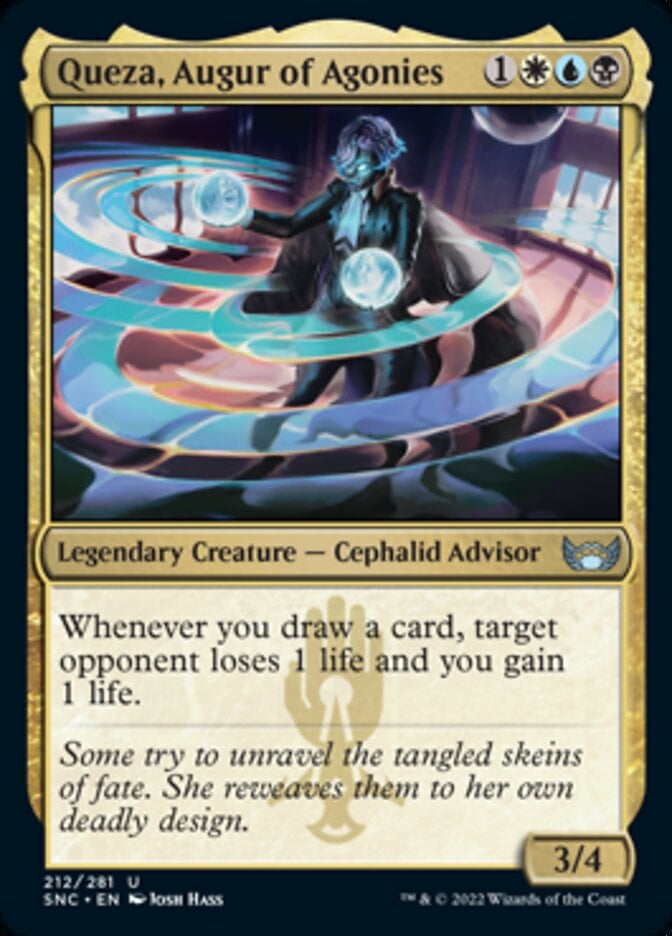
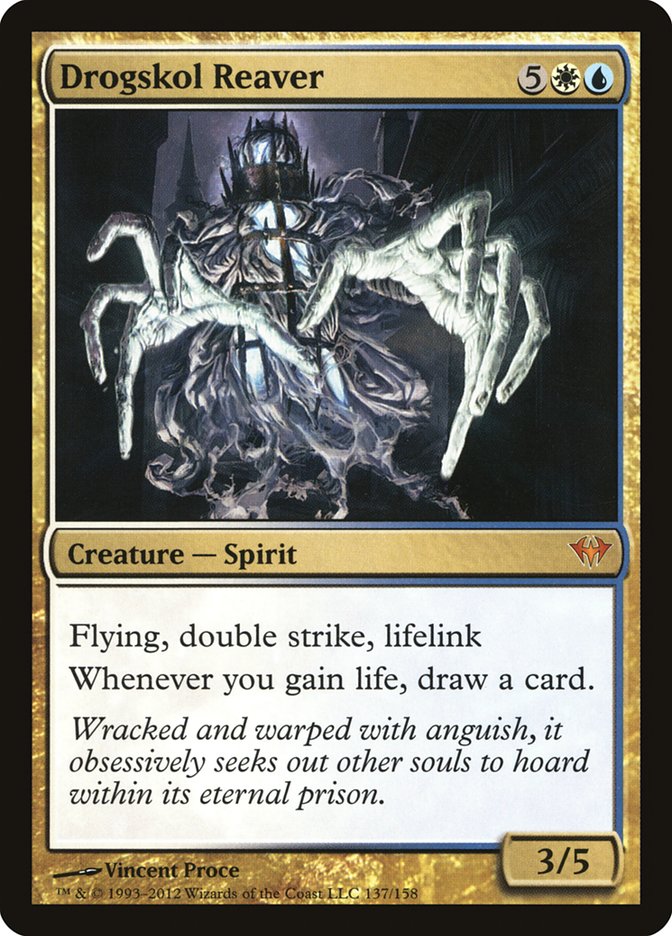
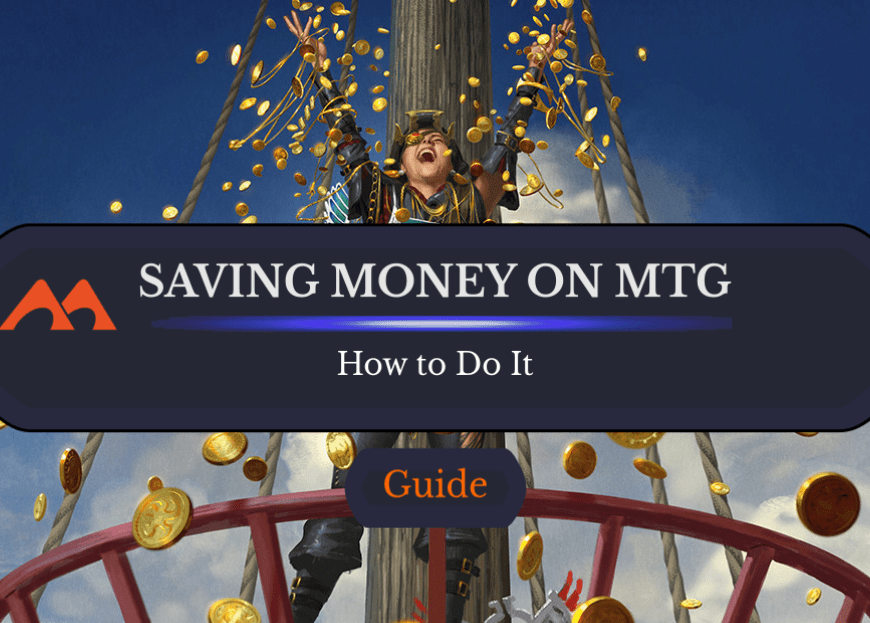
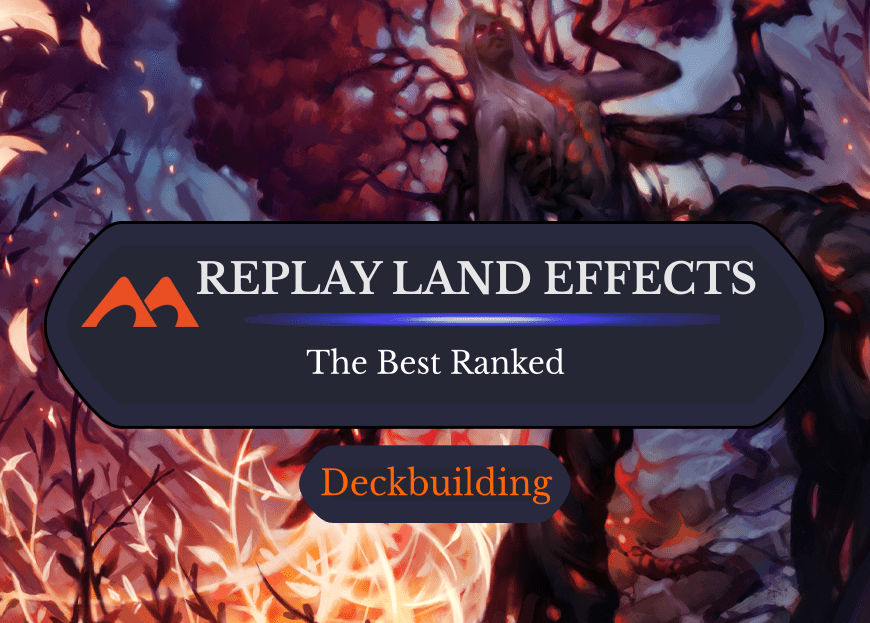
Add Comment